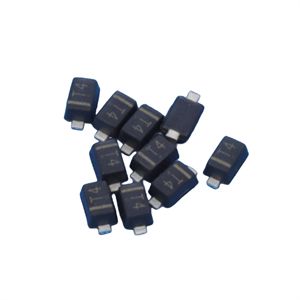Date:2024-10-11 Categories:Product knowledge Hits:440 From:Guangdong Youfeng Microelectronics Co., Ltd
RCD circuits for diode applications are commonly used in situations that require clamping, such as voltage clamping for flyback primary MOS and voltage clamping for secondary rectifiers.
Some diode technology literature suggests the use of slow recovery diodes, because slow recovery diodes have a longer reverse recovery time. As a result, a portion of the energy in the clamp capacitor will be fed back to the circuit during the reverse recovery process of the diode, which can reduce the losses of the entire RCD circuit. However, this is only suitable for situations with low current and low di/dt. For example, the primary clamp circuit for low-power flyback.
But it is not suitable for high current, high di/dt clamping scenarios, such as secondary clamping circuits for high current output power supplies. Because slow recovery diodes generate high conduction voltage drop spikes during conduction, even though the voltage on the clamp capacitor is low, it cannot clamp the spike voltage. So we should choose Schottky diodes and the like.

Previous: Classification, Structure, and Principle of MOSFET
Next: Using voltage inspection method to quickly locate fault points in integrated circuits